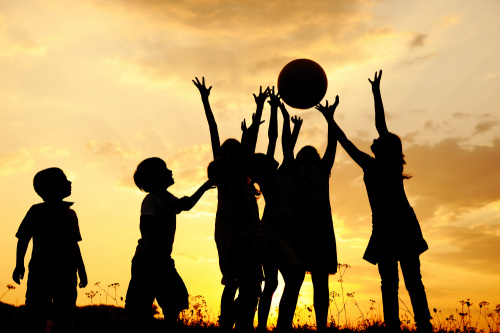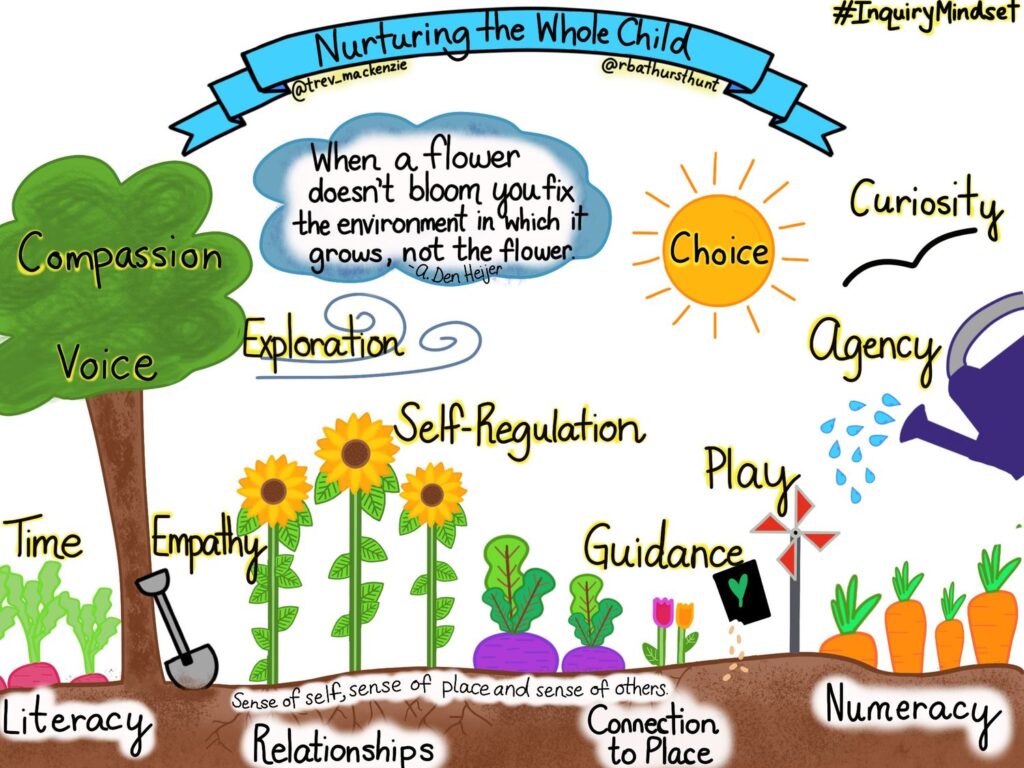
I love moonshot goals – probably a carryover from my obsession with space exploration as a child. So, when President Biden first announced his goal to cut child poverty in half – I was all in and wanted to develop a community-based roadmap to make this happen in a sincere and sustainable way. Children in the wealthiest nation should not be living in poverty. And yet, 1 in 6 children do.
First, this goal is not new. President Lyndon Johnson started Head Start with this goal in mind in his War on Poverty. At the time, he said, “Poverty perpetuates itself … children are inheritors of poverty’s curse and not its creators. Unless we act, these children will pass it on to the next generation, like a family birthmark.”
Second, the goal is centered around the American Rescue Plan, which was recently signed into law. The bill’s expansion of the Child Tax Credit, which previously restricted the amount that parents could get if they made too little to qualify and now is temporarily refundable. A poll by Lake Research Partners showed broad bipartisan support for this change. Based on estimates made by the Center on Poverty and Social Policy at Columbia University, this switch alone would cut child poverty by 45 percent and ensure that it happens across all racial groups. With other provisions from the plan, experts estimate we will hit the 50% mark. If the Child Tax Credit – sometimes called “social security for kids” – is reauthorized, poverty could be cut even further.
Third, while this takes care of poverty today and is a great upstream strategy, we still need to make progress on the poverty of tomorrow – generational poverty. This is typically done through measures to improve mobility via downstream, community-based efforts. Many would argue that giving a family extra money to put them over the poverty line is a crucial part of this equation, but I believe it is also important to improve the future prospects of children as well as their current community conditions.

graphic by Rebecca Bathurst-Hunt
In 2016, I was invited to attend and participate in the Aspen Ideas Festival as a Fellow. (If you don’t follow their work, please do. They just had an amazing online session last week on health.) At the festival, we noticed momentum building in the social sector for the whole-child model and wrote a post about this trend. The whole-child mindset is based on the ideal that every child should be healthy, safe, engaged, supported and challenged.
We are excited to see that the momentum has continued to build since 2016 and now includes a whole-child/whole-family/whole-community mindset as well as impactful tools to bring this research into practice. We also see entire systems evolving to support this important shift. Here are some of our favorite best practices and tools from across the country to spark ideas for how you can implement the whole-child model:
EDUCATION: Turnaround for Children has created a fantastic spin on the model and developed a Toolbox to assist schools with an science-grounded, equity-driven approach to whole child, which also includes a soon-to-be-released suite of measurement tools called Whole-Child Inventories. We also loved the thoroughness of the Michigan Department of Education in rolling out the model, which helps professionals change their mindset while also focusing on a continuous improvement process.

HEALTH: The Centers for Disease Control and Prevention has a developed a “Virtual Healthy School” (VHS) to showcase components of the model using 14 different scenarios. It really brings the model to life in an interactive way. If you are part of local school SHACs (School Health Advisory Councils), I highly recommend using it to have an engaging conversation.
CULTURE: Brookings also produced a groundbreaking report, which addresses the connection between childhood outcomes and the circumstances into which children are born and raised. They share three factors:
1. Parenting and Family Structure, which encourages policymakers and nonprofits to supplement parental, educational and community resources for children most at risk;
2. Social Influences (Role Models, Mentors and the Media), which encourages role modeling, especially among girls and children of color; and
3. Other Cultural Factors, which includes the importance of many influences, including perception of mobility, religious institutions, peer effects, and social capital and networks.
CITIES: We are also finding more cities prioritizing children and families. In fact, our friends in Cincinnati just passed legislation for their first Children and Families Cabinet. Councilmember Greg Landsman shared their thinking: “Cincinnati is a wonderful place to raise a family, but not everyone thrives in our city. We still have one of the highest child poverty rates and lowest social mobility rates. The new Children and Families Cabinet will greatly expand our ability to tackle and address these issues and more – from health and safety initiatives to early childhood development, education, youth jobs and childcare. … It will allow us to better support leadership and coordinate investments and infrastructure to improve the outcomes of our youth.”
As we look forward to recovery, the whole-child/whole-family/whole-community mindset is growing in popularity and, more importantly, now includes impactful tools to support nonprofits’ and governments’ efforts to implement it. Built on decades of solid research, the whole-child mindset recognizes that we must bust silos to ensure that children’s needs are met in a comprehensive and connected manner. We would love to hear your thoughts on this mindset and how you see it driving your plans and priorities in the future.
